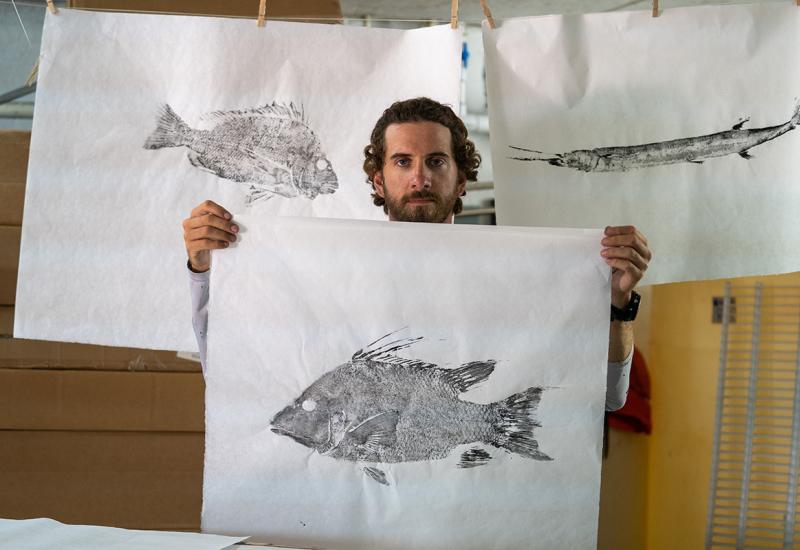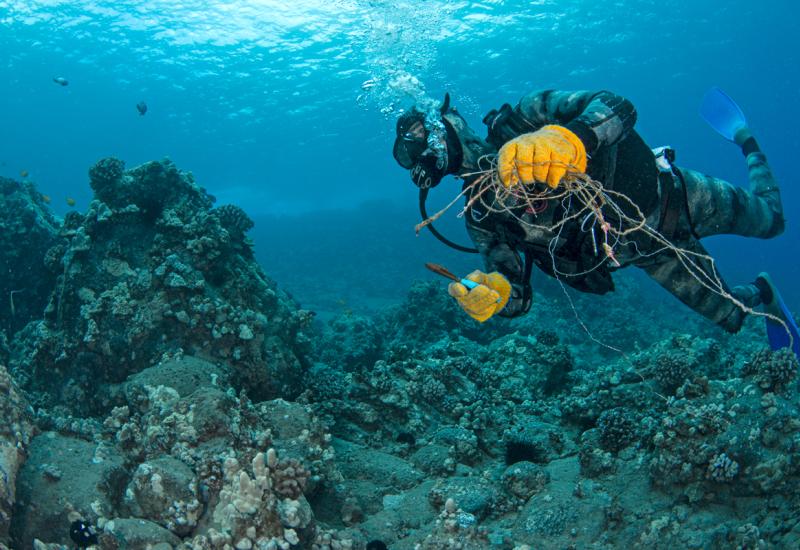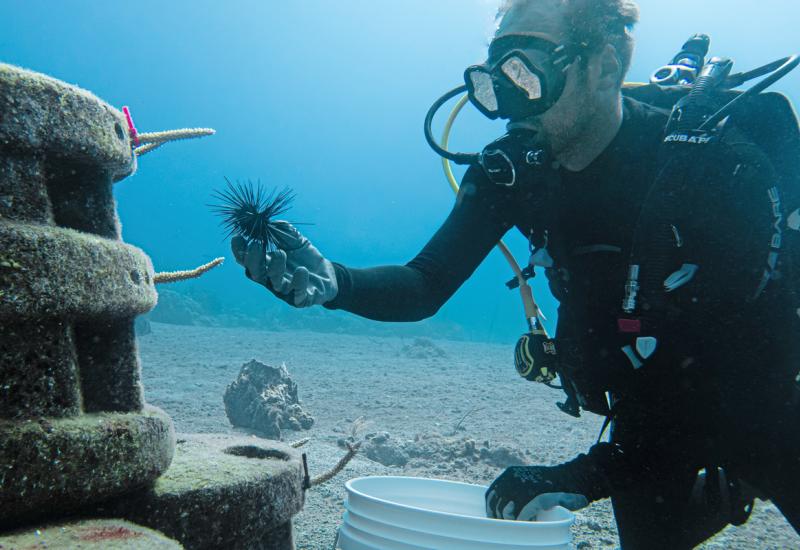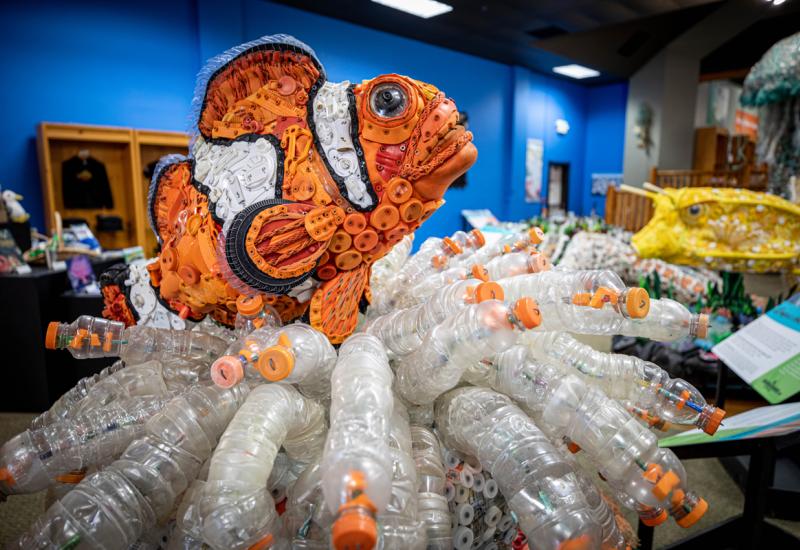Snorkeling Daily with Poisonous Snakes? The “Fantastic Grandmothers” Call that Retirement.
Daily snorkels with venomous sea snakes don’t factor into most people’s retirement plans. But for a group who call themselves Grandsmères Fantastiques, or Fantastic Grandmothers, in Noumea, New Caledonia, every morning since 2017 has started this way—with no plans to stop anytime soon.
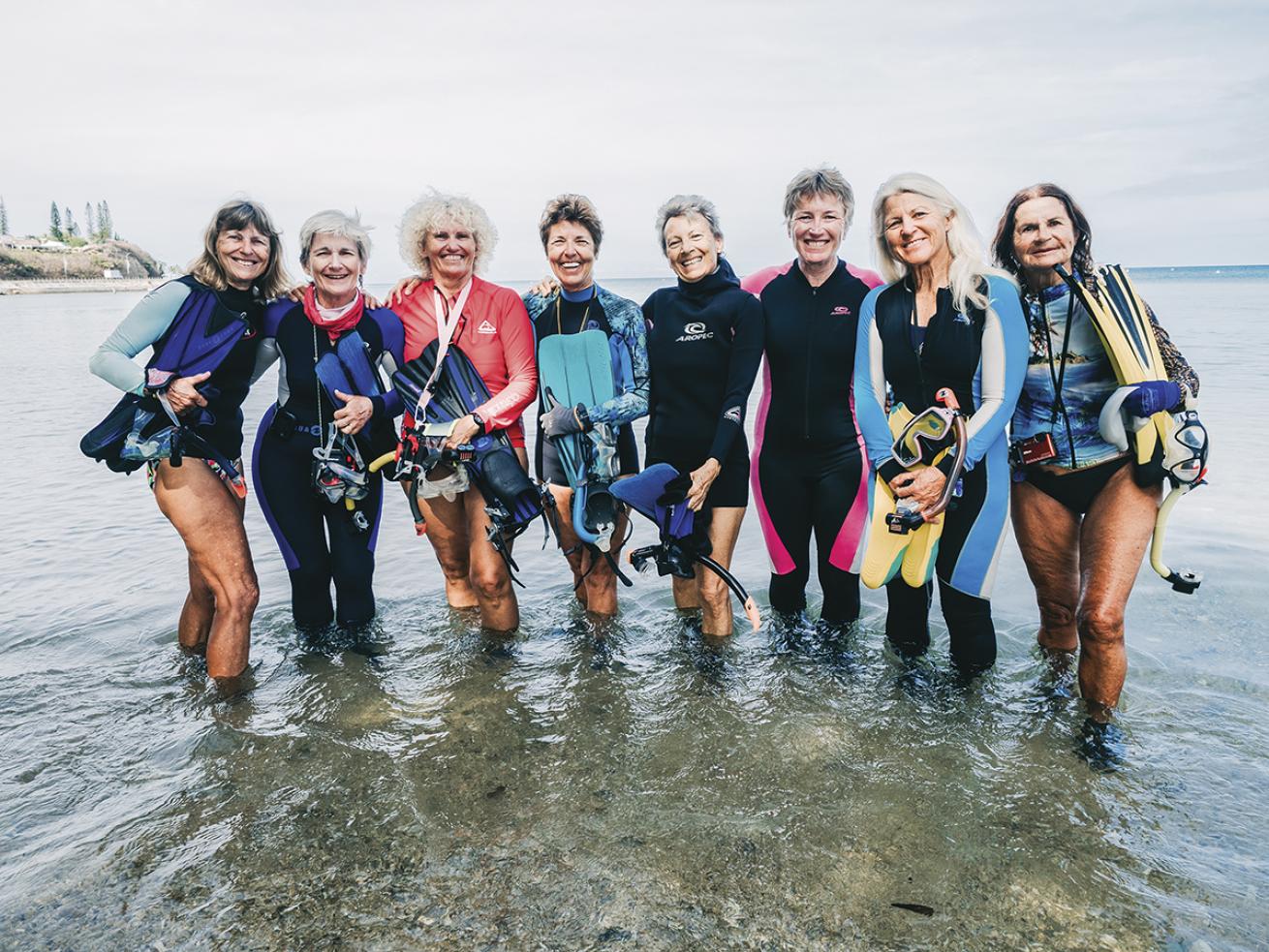
Courtesy Aline GuemasThe Grandsmères Fantastiques, or Fantastic Grandmothers, in New Caledonia have snorkeled with snakes every morning since 2017 as part of a 17-year study.
The women, ages 60 to 75, are senior citizen scientists, enthusiastically taking part in a 17-year-long study of the resident sea snakes in Baie des Citrons (Lemon Bay), a tourist hotspot that is easily accessible from shore in New Caledonia’s capital. The bay is home to eight species of sea snake. Of these, the team studies two: the turtle-headed sea snake and the bigger, venomous greater sea snake.
Sea snakes are an essential part of a functioning and healthy reef system, yet we know relatively little about them. Dr. Claire Goiran, from the University of New Caledonia, leads the team of gutsy grandmothers. Studying the snakes helps Goiran understand how they’re reacting to the urbanization of the reef in Baie des Citrons.
“It’s a reef that is transformed by human influence, by pollution, by every action we take. So it’s interesting for us to understand how the snake will react to the change,” Goiran explains.
Most of the women in the snorkeling squad are keen divers who joined after seeing Goiran snorkeling in the bay. They now photograph each snake they come across on their 2-mile daily swim. Thanks to the unique markings on the side of their body, greater sea snakes can be identified individually in images. On their morning snorkels, the grandmothers can distinguish snakes they’ve previously shot, and nicknamed, from their markings alone.
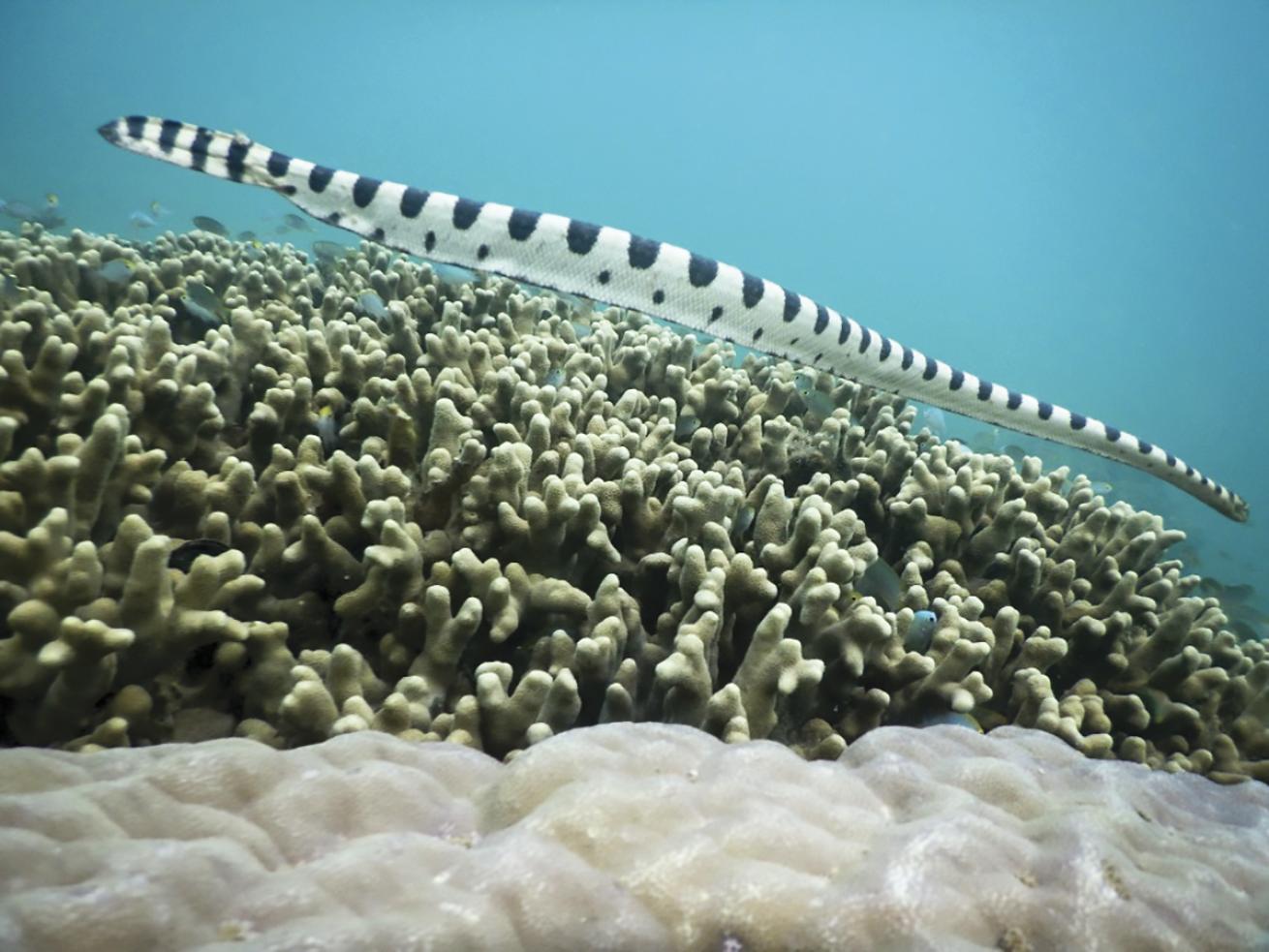
Courtesy Aline GuemasThe team studies two of the eight sea snakes in the Baie des Citrons: the turtle-headed sea snake and the greater sea snake.
Before the team of retirees formed, Goiran usually saw just one greater sea snake per month. Since the group has widened her surveillance of Baie des Citrons she’s discovered that the population of sea snakes is vastly larger than initially thought.
“With the grandmothers, we’ve seen 253 different snakes, so it means that there’s a huge population. It’s nice to have volunteers to help us and know that there are so many and the population of snakes is doing well,” Goiran says.
More Marine Conservation:

